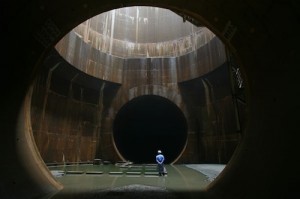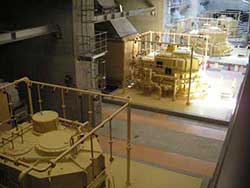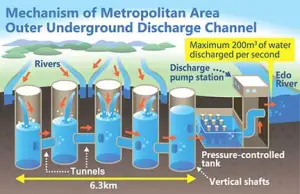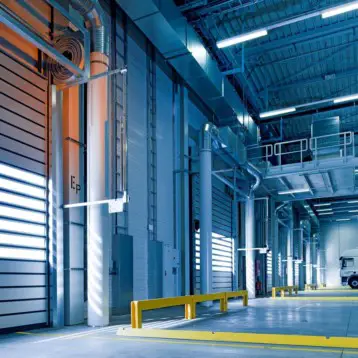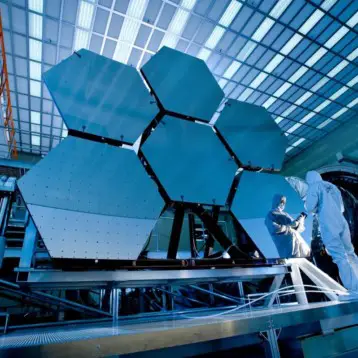One of the most devastating effects of global warming in the world are the appearance of extreme weather conditions such as powerful typhoons, monsoon rains, hurricanes and tropical cyclones that wreak havoc on the world’s cities and other low lying areas. Based on 2012 World Bank Research, floods are considered to be the world’s most frequent destructive natural disaster and the cost of rehabilitation is taking a toll on most of the world’s economies.
According to the Environmental Defense Fund (EDF), the United States alone spends over 4 billion dollars controlling natural disasters including flooding. Even with such large amounts of funding for flood disaster relief, preventative technology is lacking. Recent floods like the one in Austin, Texas demonstrate that greater measures are needed.
Spearheading the Effort
In Japan, they have recognized the need for preventative technology to ensure the safety of its inhabitants. In an area flanked by rivers in the east and west (as well as running through), Tokyo is the perfect example of a disaster waiting to happen. “Japan has not prepared enough”, according to Toru Sueoka, the president of the Japanese Geotechnical Society, a group of researchers, consultants and engineers. “Weather patterns have changed and we are getting unusual conditions. We need upgrades or else our cities won’t be able to cope with floods.”If the banks break on the Arakawa River the damage to the city could amount to 33 trillion yen or roughly $322 billion dollars based on official government estimates. The figure is more than 5 times the amount that was used for rehabilitation efforts from hurricane Sandy that punished the US northeast last October.
So, they have developed a special project that is designed to protect the city from flooding. Known as the Metropolitan Area Outer Discharge Channel, its main purpose is to divert excessive rainfall away from the city area and into underground shafts. The water is then funneled onto rivers away and away from the population center.
The system uses at least five vertical shafts that are so tall and cavernous that a Space Shuttle could fit right in. Each shaft is connected to a ten-meter diameter, 6.3-kilometer channel that finishes in a huge pressure-adjusting tank. The purpose of this tank is to slow the incessant flow of rainwater and also to maintain optimum water pressure in the system. The entire system is at least 177 meters long and is about 78 meters in width and is situated at least 22 meters beneath the ground. There are huge pumps that control the water levels and the pressure itself and is capable of discharging up to 200 cubic meters of water each second. To put it simply about a swimming pool’s worth of water each second.
Tokyo has a land area of 1,782 square kilometers and has overtaken New York-Newark as the world’s most densely populated region. The city currently has 35 million inhabitants compared to 19 million in New York and Newark. This is based on data collated by the United Nations. The UN also estimates that investments in infrastructure and technology to control the devastating effects of climate change which includes flooding will cost as much as $130 billion dollars by the year 2030.

